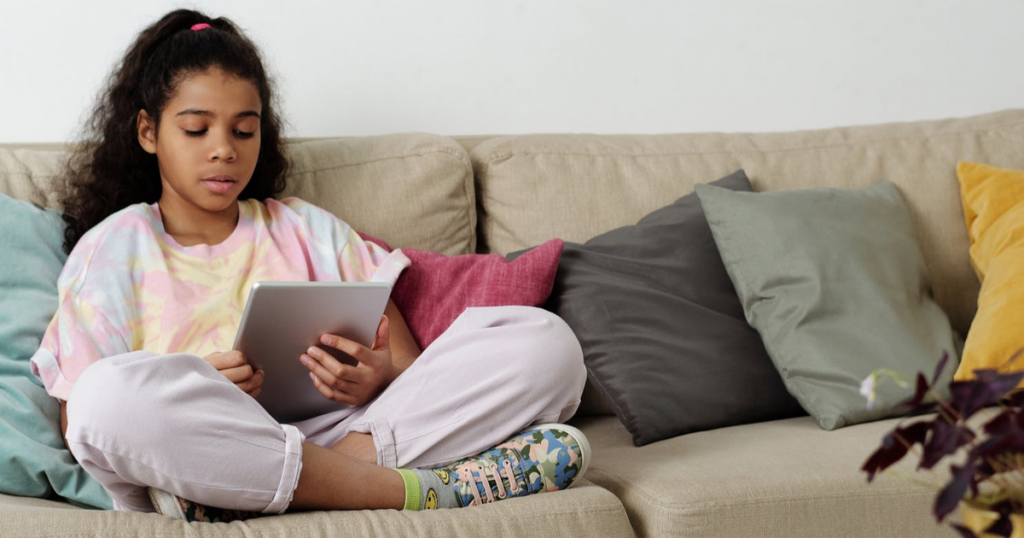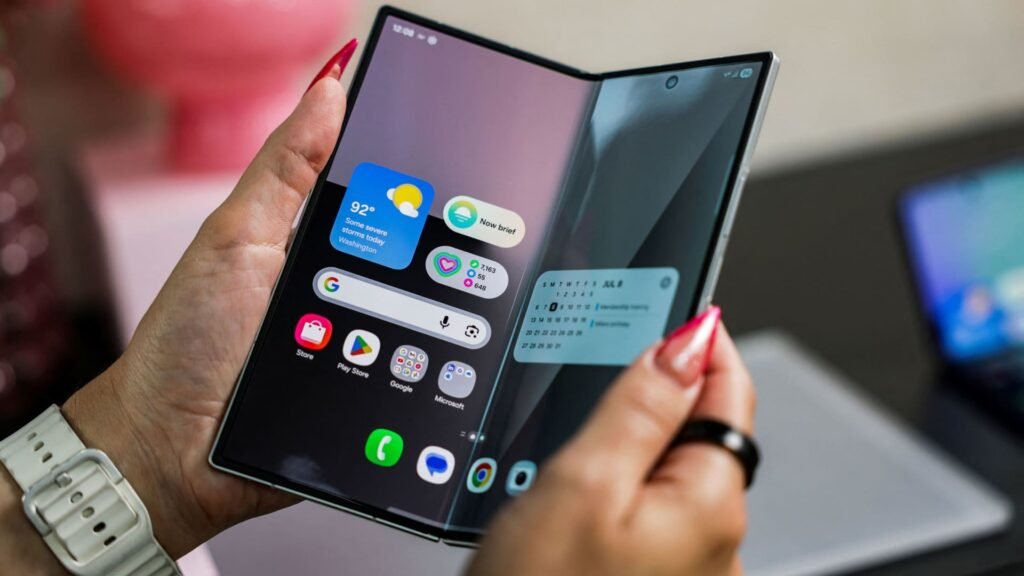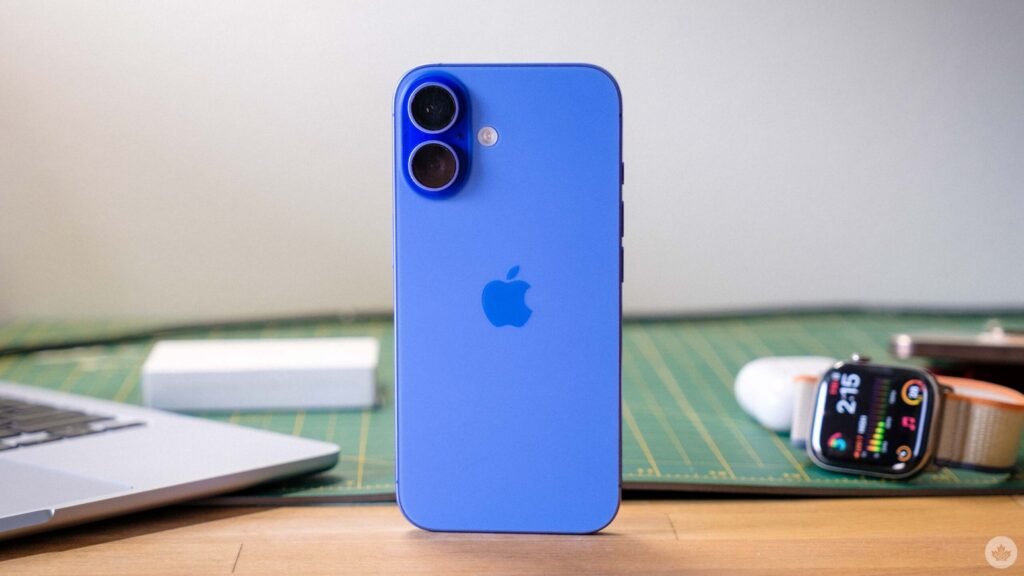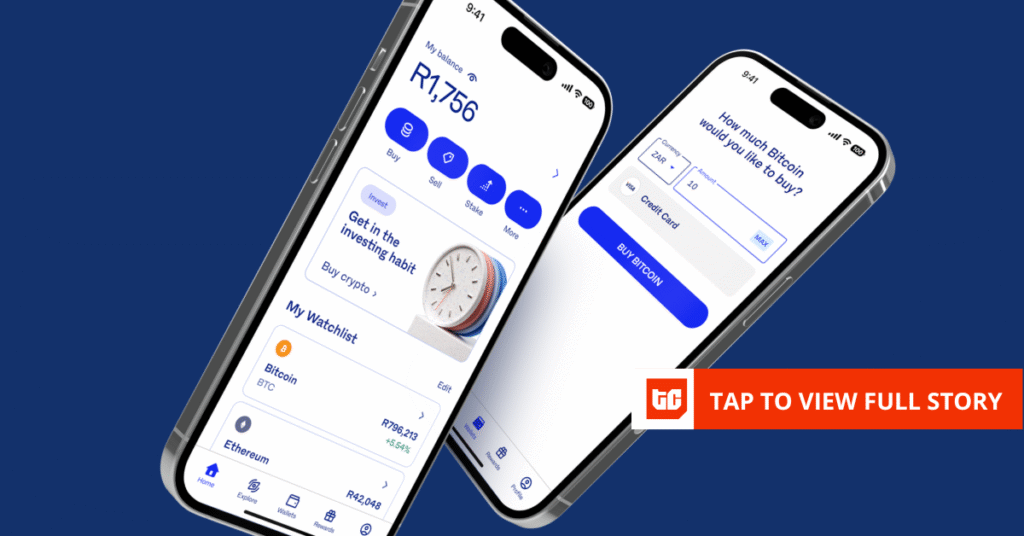How to set device limits without confiscating your kid’s phone

Screen time is arguably the hottest parenting topic of the past 20 years. A pandemic that closed schools and caused kids to be home at all times forced the topic into the spotlight even further.
It’s natural for parents to freak out every time a new study about children and devices comes out, but here’s our advice: Don’t. The evidence between screen time and cognitive or behavior development isn’t super strong. Plus, parents cannot blame themselves for handing a kid a tablet when it’s time for a Zoom meeting, dinner prep, or a nap, especially when it’s high-quality content like an educational show.
But it would be naive to assume that kids are always soaking in high-quality content when they’re on the internet. Though modern kids are scarily adept with technology and social media (TikTok is basically run by teenagers), it doesn’t mean that parameters for web use aren’t necessary.
Minecraft may be distracting them from remote school work, or maybe you’d just feel more comfortable about this increase in screen time if you knew that your child wasn’t landing on any inappropriate sites or scrolling through Instagram at 3 a.m.
How does parental control software work?
The short version is that parental control software lets you monitor your child’s phone, tablet, or computer remotely. The corresponding apps let parents monitor internet searches and browsing history, block inappropriate apps (or block distracting apps during homework hours), or limit screen time all together. It’s a less invasive and more respectful method than physically going through their phone or computer — and when kids know that their activity is being watched or managed, cyber safety habits might stick better.
Is geofencing worthwhile?
Parental control software can also help keep tabs on your kid when they’re not at home. Though most have GPS and some sort of basic “Where’s my child?” function, only a select few software options offer geofencing, which is a big help for parents juggling the schedules of multiple children. This location-based service lets you set up virtual boundaries around where a child should or shouldn’t be, as well as a specific time that the child should be there. Let’s say that your child goes straight from school to a sports practice three times a week. The geofencing feature will monitor their phone’s location and will alert you if your child doesn’t show up to the scheduled area on time. Teenagers may even enjoy not being bombarded with “Where are you?” texts.
Geofencing can also be used to monitor web time when your child is in a designated location. For instance, many parents like to disable games or social media apps during school.
What is the best parental control software?
Every parental control software can put limits on screen time, show browsing history, and block sites. Got it. But some features might apply more to your family’s needs.
Households with a lot of devices in the mix will need to look at device limits. Some software allows unlimited accounts while others work like cell phone plans: More devices, more money. If you have three or four kids who all have a phone and a laptop, the unlimited route will be the best value. Families that share a device will need to ensure that their software doesn’t have a “one account per device” rule, which pretty much lock parents into dealing with kid settings (or vice versa, but that kind of defeats the purpose).
Some software gives kids more autonomy than others. If you’re worried about smothering them, consider an option that provides warnings about screen time instead of immediately locking the device, or an option that lets them request extra time or access to a site that they feel is wrongfully blocked. Things may go smoother when older kids feel like they can be a part of the controls.
Here are our top choices for the best parental control software:
Our pick
Real-time website monitoring • Tracks YouTube search history • Panic button for emergencies when kids are away from home • Especially great for tracking social media activity
No keyword blocking • No geofencing • Some features are only available on Android phones • Doesn’t play well with iPhones or iPads
Sleep better knowing that Qustodio is on the lookout whether your kid is home or not.
1. Qustodio
From Instagram and YouTube monitoring to a panic button for kids away from home, Qustodio covers just about everything.
- Free version: Yes
- Five devices: $54.95/year
- 10 devices: $96.95/year
- 15 devices: $137.95/month
It’s a particularly great (albeit a bit outdated) interface for parents, grandparents, or other guardians who aren’t super tech-savvy. The mobile app is much fresher than the desktop app.
Though Qustodio’s monthly fee is a bit steeper than others, it feels like an appropriate trade for the robust list of ways to keep an eye on behavior. The expected screen time controls, pornography blocking, and browsing history are here (including time limits for specific apps or games), plus a look at posts and comments on social media like Instagram or WhatsApp. YouTube monitoring is a rare addition that plugs a loophole that can occur once savvy kids notice that sketchy websites have already been blocked. The SMS monitoring doesn’t apply to iMessages, obviously.
The panic button (only available in the Premium package) provides an extra layer of protection for parents who don’t get peace of mind from location tracking alone. When away from home, children can send a direct text alert to emergency contacts pinpoi
Be the first to write a comment.



